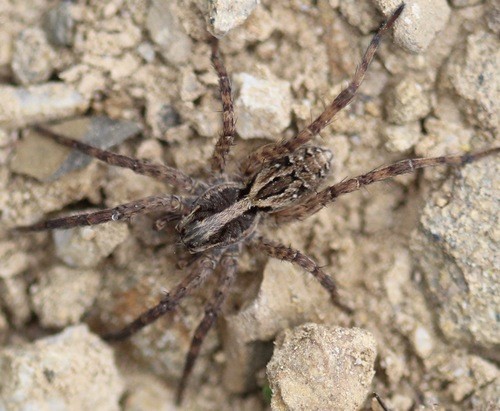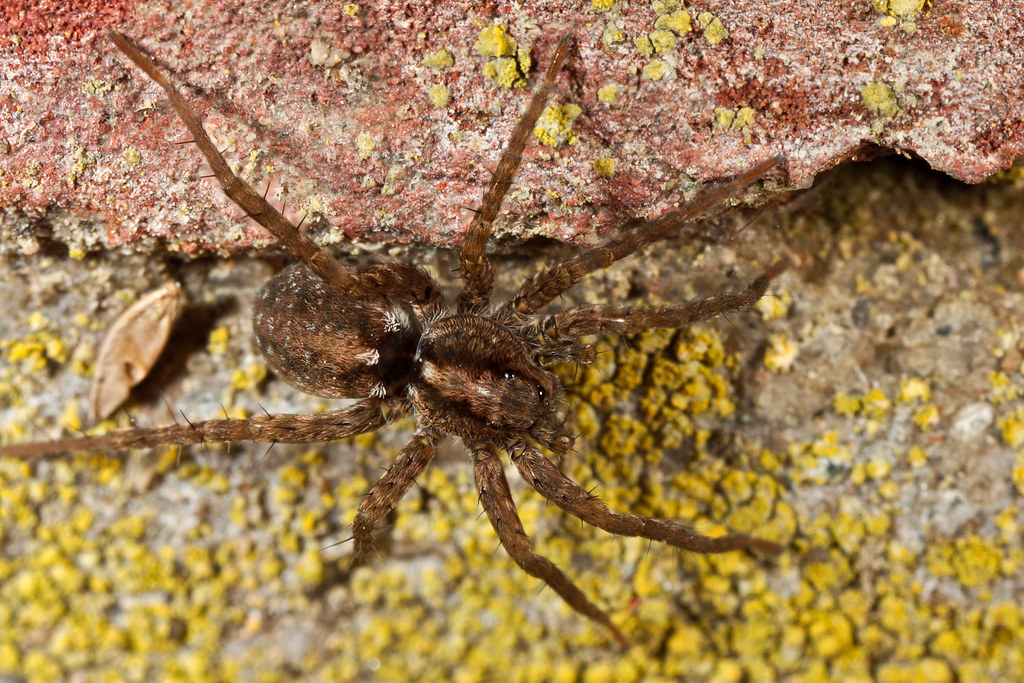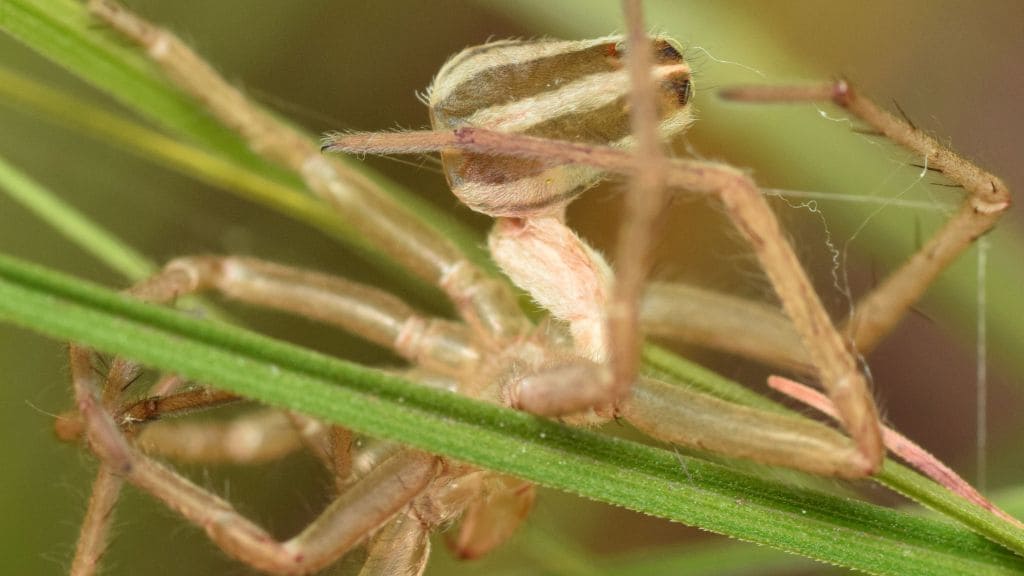Dive into the intriguing world of arachnids, where the fascinating process of molting reveals the dynamic lives of these eight-legged predators. As formidable hunters with impressive agility, wolf spiders undergo a remarkable transformation that is central to their growth and survival. Understanding their molting process not only captivates the curious mind but also sheds light on the adaptive strategies that enable these spiders to thrive in diverse environments.
In the journey from spiderling to adulthood, the frequency and intricacies of molting play a crucial role. For young wolf spiders, frequent molts are a necessary part of rapid growth, while adults experience fewer molts as they reach full size. This natural process is not merely about growth; it is also about preparation and adaptation, influenced by factors like environmental conditions and nutrition.
By delving into how often wolf spiders molt and what this process entails, we gain a deeper appreciation for these remarkable creatures. This exploration not only enriches our understanding of their biology but also enhances our ability to care for and observe them in both natural and controlled settings.
Introduction to Wolf Spiders

Who Are Wolf Spiders?
Wolf spiders belong to the family Lycosidae and are renowned for their robust build and exceptional hunting prowess. Unlike web-building spiders, they actively hunt their prey, relying on speed and agility rather than silk traps. With their large, hairy bodies and impressive eye arrangement, wolf spiders are easily recognizable and play a crucial role in controlling insect populations.
The Importance of Molting
Molting, or ecdysis, is a critical biological process for all arthropods, including wolf spiders. This process involves shedding the old exoskeleton to allow for growth and development. For wolf spiders, understanding their molting frequency is essential to grasp their growth patterns, survival strategies, and adaptation mechanisms.
The Molting Process Explained
What Happens During Molting?
Molting is a complex process where a spider sheds its old exoskeleton and forms a new, larger one. This process is vital for growth, as the rigid exoskeleton does not expand. The molting process involves several stages:
- Pre-Molt Preparation: The spider’s body prepares for molting by absorbing water to increase its size and soften the old exoskeleton.
- Shedding the Exoskeleton: The spider splits the old exoskeleton and slowly emerges from it.
- Post-Molt Phase: The new exoskeleton hardens, providing protection and support as the spider continues to grow.
Frequency of Molting
The frequency of molting in wolf spiders varies depending on several factors:
- Age: Juvenile wolf spiders molt more frequently compared to adults. They may molt every few weeks to several months.
- Species: Different species within the Lycosidae family have varying molting frequencies.
- Environmental Conditions: Factors such as temperature, humidity, and food availability can influence the molting cycle.
Juvenile vs. Adult Molting

Molting in Juvenile Wolf Spiders
Juvenile wolf spiders experience rapid growth and thus molt more frequently. Typically, they undergo several molts before reaching maturity. Here’s a breakdown:
- Early Stages: Wolf spiderlings molt frequently, approximately every 1-2 weeks, as they grow quickly.
- Middle Stages: As they approach maturity, the frequency decreases, with molts occurring every few weeks to months.
Molting in Adult Wolf Spiders
Adult wolf spiders molt less frequently. They usually molt once a year or even less often, depending on their species and environmental conditions. For adults:
- Growth Ceases: Once they reach full size, the primary purpose of molting shifts from growth to maintenance and repair.
- Seasonal Influence: In some species, molting may be influenced by seasonal changes or environmental stressors.
Factors Influencing Molting Frequency
Environmental Factors
- Temperature: Warmer temperatures can accelerate the molting process, while colder conditions may delay it.
- Humidity: Proper humidity levels are crucial for successful molting. High humidity can prevent dehydration, which is critical during the vulnerable post-molt phase.
Diet and Nutrition
A well-balanced diet is essential for optimal growth and molting. Adequate nutrition supports the development of a new exoskeleton and overall health.
Stress and Health
Stressors such as overcrowding, poor habitat conditions, or diseases can impact the molting cycle. A stressed spider may experience delayed or incomplete molts.
The Vulnerable Post-Molt Phase

Immediate Risks
After molting, wolf spiders are particularly vulnerable due to their soft exoskeletons. During this phase:
- Predator Threat: They are more susceptible to predators and need to hide until their exoskeleton hardens.
- Dehydration Risk: New exoskeletons are prone to dehydration, so spiders often remain hidden until fully hardened.
Duration of Vulnerability
The duration of the vulnerable phase can vary but generally lasts from several hours to a few days. During this time, the spider’s behavior includes seeking shelter and minimizing activity.
Observing Molting in the Wild
Field Observations
As an expert in spider behavior, observing molting in the wild provides valuable insights. Key observations include:
- Timing and Frequency: Tracking the timing and frequency of molts in different environments.
- Behavioral Changes: Noting changes in spider behavior pre- and post-molt.
Captive Observations
Studying wolf spiders in captivity allows for controlled observations. Key factors include:
- Controlled Environment: Maintaining consistent temperature and humidity levels.
- Diet Management: Providing balanced nutrition and observing its impact on molting.
Implications for Spider Care
Habitat Management
For those keeping wolf spiders as pets or studying them in captivity, ensuring an appropriate habitat is crucial:
- Temperature and Humidity: Maintain optimal conditions to support healthy molting.
- Enrichment: Provide hiding spots and a suitable substrate for molting.
Health Monitoring
Regular health checks can help identify issues related to molting:
- Physical Condition: Monitor for signs of incomplete or problematic molts.
- Behavioral Indicators: Watch for unusual behavior that might indicate molting issues.
FAQs
1. How often do wolf spiders molt?
Wolf spiders typically molt several times throughout their lives. Juvenile wolf spiders molt frequently, often every 1-2 weeks as they grow rapidly. Adults, however, molt less frequently, usually once a year or even less, depending on species and environmental conditions.
2. What factors influence the molting frequency of wolf spiders?
Molting frequency in wolf spiders is influenced by several factors:
- Age: Juvenile spiders molt more often than adults.
- Species: Different species have varying molting patterns.
- Environmental Conditions: Temperature, humidity, and food availability can affect the timing of molts.
3. What is the molting process like for wolf spiders?
The molting process involves:
- Pre-Molt Preparation: The spider absorbs water and prepares to shed its old exoskeleton.
- Shedding: The spider splits the old exoskeleton and emerges from it.
- Post-Molt Phase: The new exoskeleton hardens, making the spider more protected.
4. Why is the post-molt phase so vulnerable for wolf spiders?
After molting, wolf spiders are vulnerable due to their soft exoskeletons. During this phase, they are at higher risk of dehydration and predation. To protect themselves, they often hide until their new exoskeleton has fully hardened.
5. How long does the vulnerable phase last after molting?
The vulnerable phase can last from several hours to a few days. During this time, the spider remains hidden to avoid predators and minimize activity until its new exoskeleton is fully hardened.
Conclusion
Understanding the molting process of wolf spiders provides invaluable insights into their growth and development. From the frequent molts of juvenile spiders to the less frequent but crucial molts of adults, this natural process is key to their survival and adaptation. The factors influencing molting frequency—such as age, species, and environmental conditions—highlight the complexity of these fascinating arachnids.
By recognizing the signs of impending molts and addressing environmental and dietary needs, both enthusiasts and researchers can better support wolf spiders in captivity. Ensuring optimal conditions and monitoring health can help prevent issues and promote healthy development.
Whether you’re a seasoned spider expert or a curious observer, appreciating the intricacies of wolf spider molting enriches your understanding of these remarkable creatures. Embracing this knowledge not only enhances your care practices but also deepens your connection to the natural world. As you continue to explore and observe, remember that each molt is a testament to the resilience and adaptability of these incredible spiders.

